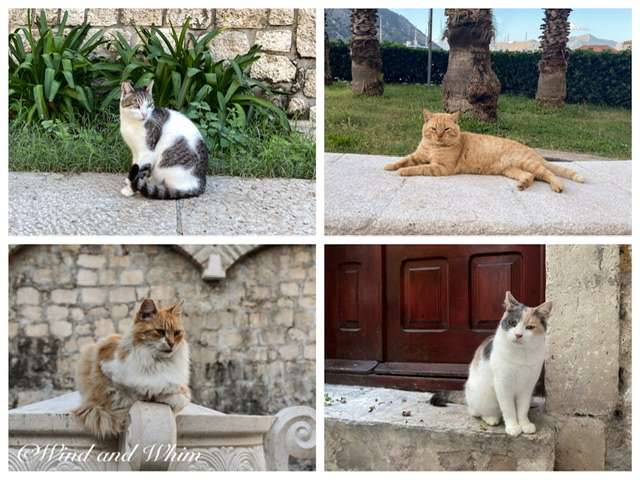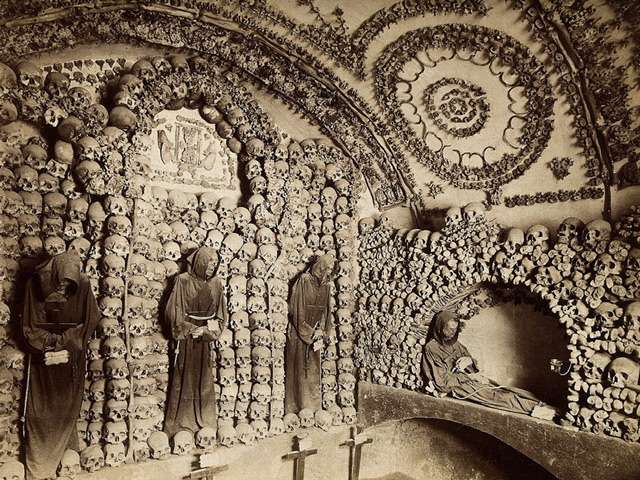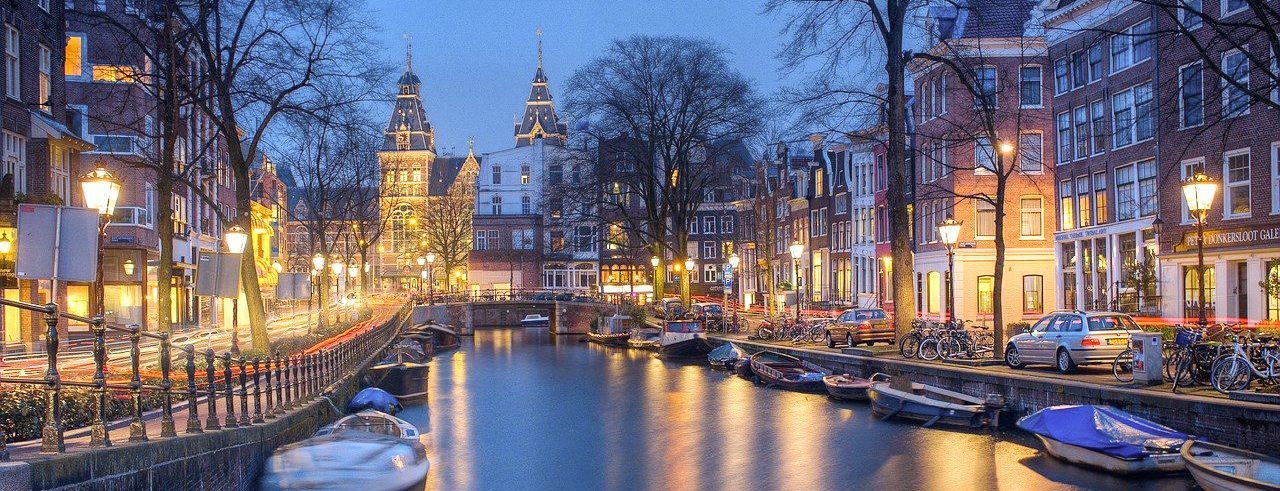Wind and Whim’s Monthly Update: November 2023
This post may contain affiliate links. If you make a purchase through these links, we will earn a small commission at no extra cost to you. For more information, please check our privacy policy. Thanks!
Hi there! Can you believe 2023 is almost over? I hope you are enjoying this festive time of year and looking forward to memorable holiday celebrations. Steve and I are anticipating Christmas with our daughters in Jacksonville, Florida.
November was a most unusual month for us. We spent the first three weeks in Kotor, Montenegro, and the last week in Rome. Our time in Kotor was pretty laid back, in large part due to the weather. However, our week in Rome kicked our butts as we were determined to see as much of the city as possible in one week.
Here are the highlights, one low point, and details of what we did in November.
Highlights
Exploring Rome
Hands down, seeing the famous sights of Rome was the best part of our month. We had several tours, which helped us understand more about the city. My knowledge of Roman history was pretty weak before we arrived.
Our best tour included an hour and a half at the Colosseum. I was surprised to learn that in addition to being used for entertainment purposes (i.e., blood sports), at one time, it was used for housing and that the games took place over many days, meaning daily life in Rome was put on hold. At mid-day, executions would take place, right about the time the spectators were eating lunch. And when a gladiator fell, the emperor had the final say on whether or not he was killed.
The Kotor Kitties
Kotor gives Istanbul a run for its money with its love of cats. Old Town is teeming with free-range cats. Every cat we saw was healthy-looking, and most were friendly. There is a fountain in Old Town that is a gathering place for many of the cats. Nearby, there is a row of several tiny cat houses. A local woman has been feeding the cats for thirty years.
You can help keep the Kotor Kitties healthy and prevent overpopulation by donating to the Kotor Kitties charity.

Our Own Kotor Kitty
Not long after we arrived at our Airbnb, we had a visitor: a small, sweet black and white cat. We gave her lots of love and she came to see us several times a day. I wish we could have brought her inside, especially in the bad weather, but we didn’t since it wasn’t our apartment.

My Favorite Old Town
Kotor’s Old Town is my favorite old town so far. I liked it even better than Dubrovnik’s. Kotor’s Old Town has narrow, winding streets compared to Dubrovnik’s wider ones. In Kotor, it felt as if I’d stepped back in time. An added plus is that the streets are too narrow for motor vehicles. I also found Kotor’s Old Town less commercial than Dubrovnik’s, although it was no less crowded on days when cruise ships were in port.

Low Point
Bad Weather in Kotor
The weather in Kotor flip-flopped throughout our stay. Half the time, we had sunny, cool weather that was perfect for hiking. The other half was filled with heavy rain and high winds. The odd thing was that the good and bad days alternated throughout our stay.
We put our downtime to good use, working on our plans for the next four months.
Steve continued work on his genealogy project, and I worked hard to finish my website redesign, only to get a fatal error the day I hoped to go live.
What We Did in Rome
Fought the Crowds at the Trevi Fountain

We stopped by this famed fountain, and each of us tossed in a coin to ensure we would return to Rome.
If you visit Rome, don’t miss this beauty. But beware, it is always crowded.
Toured the Vatican Museums, Sistine Chapel, and St. Peter’s Basilica
The Vatican Museums were at the top of my list of things to see in Rome, and I was not disappointed. We opted for a tour that included the museums, the Sistine Chapel, and St. Peter’s Basilica.
I was surprised by the size of the Sistine Chapel. It is much smaller than I expected, and photos were not allowed. St. Peter’s Basilica, the largest church in the world, made up for that. Both the Vatican Museums and St. Peter’s are places we hope to see again.

Soaked in the Beauty of the Colonna Palace
I wasn’t sure what to expect when I scheduled a visit to the Colonna Palace since it isn’t one of the most well-known attractions. It is an understatement to say Steve and I were blown away. This private palace, built by the Colonna family in the 14th century, is full of amazing artwork and architecture. The Colonna family still inhabits the palace today.

Explored the Capuchin Crypt and Museum
This place wins the prize for the most unusual thing we saw in Rome. The Roman Catholic church Santa Maria della Concezione dei Cappuccini was just a two-minute walk from our hotel. The museum and crypt are connected to the church.
We went there specifically to see the crypt, but the ticket included the museum, and you have to go through it to get to the crypt. The museum was interesting, even for the non-religious, but the highlight was the crypt.
When you enter the crypt, your mind can go two ways: either horror movie mode or THIS IS SO COOL mode. We chose the latter.
The bones of 3,600 Capuchin friars have been arranged to make patterns on the walls and ceiling. Skeletons and mummified remains, clothed in the Capuchin habit, are placed throughout. There are five chapels, and each has a name, including the Crypt of the Pelvises.

The Capuchins are an order of Franciscan friars who strive to live like St. Francis of Assisi. Capuchin friars dedicate their lives to prayer and service to the poor.
Photos aren’t allowed in the museum or the crypt, but here is one from Wellcome Images:
Visited the Catacombs of St. Callixtus
After visiting the Capuchin Crypt, we toured the Catacombs of St. Callixtus. This was the official burial place for about half a million Roman Christians in the 3rd century A.D.
You can only enter the catacombs with a guide, and photos aren’t allowed. Our tour was only 45 minutes long, during which we walked through a small portion of the 12.4 miles or 20 km of the tunnels. We saw a few frescos and many niches where bodies had been buried. After the novelty of the Capuchin Crypts, these catacombs were a disappointment.
What We Did in Kotor
Hiked to Ft. Vrmac
We had a break in the rain and took the opportunity to zig-zag our way up the 2,575-foot or 785-meter-high Vrmac Mountain.
It took us two and a half hours to reach the top and two hours to go back down. Of course, we made frequent stops to appreciate the view of Kotor Bay and take photos.

This hike is easy to moderate. I was a bit uneasy on the trail because much of it is along the edge, and it is rocky. I spent far too much time wondering how badly we’d be injured if we fell over the edge.
We safely reached the top and saw the underwhelming Ft. Vrmac, many pot-bellied pigs, and one friendly white cat.
That night, it was early to bed, but only after downing a few painkillers.
Checked Out the Maritime Museum
Steve and I decided to see the Maritime Museum while waiting for better weather. It is big enough to have a comprehensive variety of artifacts, yet not so large as to be overwhelming.
The museum is in a Baroque palace that was once the home of the noble Grgurina family.
As the name implies, the museum’s primary focus is on ships and maritime life. There are many well-done model ships, along with maps, paintings, and photos of a bygone era. There is also a room displaying weapons from the 17th and 18th centuries. Two rooms have been recreated with period furniture, and there are countless examples of items used in daily life (primarily from the 18th and early 19th centuries).

Most of the specimens had English translations but they did not include all the details that the Montenegrin descriptions did (hint: you can use the Serbian translation on Google Translate to translate Montenegrin).
An audio guide is available, but neither Steve nor I found it helpful as it focused heavily on personalities we never heard of. We were allowed to take photos. The entry fee of 6 euro was reasonable.
This museum is okay if you’re looking for a short activity, but don’t feel bad if you miss it.
Visited St. Tryphon’s Cathedral
This Romanesque cathedral was consecrated in 1166. It was severely damaged by two earthquakes, one in 1667 and one in 1979. It has since been restored.
We went there to see the Sacral Art Museum, but I was more intrigued by the interior architecture.

Saw a Bit of Tivat
We had a break in the rain, so we decided to see the nearby town of Tivat. It was easy to reach Tivat via a fifteen-minute bus ride. Tivat does not have an old town because the town is too young, having been founded in the 14th century. Kotor, with its remarkable old town, was founded in the 5th century BC!
Tivat may not have an old town, but it does have a town center. Tivat’s center is a twenty-minute walk from the bus station. Walking along the main road to the center, we commented on how unattractive the town was.
Once we reached the center, we decided to head to the bay and look for a restaurant for lunch. We quickly found one and had a quick pizza lunch. At this point, we weren’t impressed with Tivat. Then, we strolled along the waterfront and discovered the area of Porto Montenegro. This upscale area has a large marina, shops, restaurants, and lovely buildings.
We walked around, admiring the modern beauty we had been missing, and agreed that this area deserves another visit.

Hiked the City Walls to Kotor Fortress
We were apprehensive about this hike because we had it confused with the Ladder of Kotor hike. We skipped the Ladder of Kotor hike after we learned our limits during our hike in Theth, Albania, in October (which I wrote about in our October update).
On the City Walls hike, you climb up 1,350 steps to reach the Medieval Kotor Fortress (also known as St. John’s Fortress, San Giovanni Fortress, St. John’s Castle, and Castel St. John). The fortress sits 850 feet or 260 meters above sea level and has great views of Old Town and the Bay of Kotor.

Once at the fortress, you are free to explore the ruins.
We were charged 15 euro per person to hike the City Walls.
Here is helpful information about climbing the city walls from Wanderful Journeys Travel.
If you are more adventurous, check out the details for the Ladder of Kotor hike from Earth Trekkers.
A Bad Airbnb Review (Boo Hoo)
In our last two monthly updates, I talked about the issues we had with our Podgorica Airbnb and how we decided that we would no longer clean or fix things that hosts missed. Our host in Podgorica didn’t like being held accountable and left a negative review. This is only our second less-than-glowing review out of 46 reviews.
Airbnb allows you to reply to a review, but they don’t make it easy. You need to log in on a desktop computer. Really? In this day and age? Get it together, Airbnb.
Fortunately, our Kotor Airbnb was much better. The only issue was that we didn’t have use of the washer/dryer for the first week, but our host offered to pay for us to have our laundry done in the meantime.
Our Take on Kotor
Kotor Bay and the surrounding mountains are incredible. Unfortunately, except for the Porto Montenegro area of Tivat, everything else we saw was uninspiring. If the weather had been better, we would have seen other nearby towns and attractions.
Shopping was disappointing as well. There are three decent-size supermarkets a few minutes’ walk from Old Town, as well as others in the city. For anything else, like clothing, office supplies, or household items, the selection was the most limited we’ve seen in any town.
See more of Kotor in our Kotor, Montenegro Photo Gallery.
Our Take on Rome
After having been in the Balkans for the last several months, it was great to return to a world-class city. We are happiest in places with many attractions, which you don’t get in the Balkans, even in the capitals.
The downside of Rome was the cost. We’ve enjoyed low prices for so long that we had extreme sticker shock. It may seem normal to people in the U.S. and Western Europe, but we can’t get over restaurants charging $13 (12 euro) for a bowl of soup.
After a two-week cruise from Rome to New York City, we will spend four days in New York City. No doubt we will continue to be shocked by high prices.
Until Next Time
That’s it for our November update. Steve and I wish you joy, love, and peace this holiday season.
Happy traveling,
Linda
Before You Go
If you enjoyed this post, please consider subscribing to Wind and Whim. You’ll get an email notification each time we publish a new post and get our short and sweet monthly newsletter in your inbox, too! If I’ve given you valuable information and you want to show your appreciation, you can buy me a coffee.

4 Comments
Anonymous
Loved this month’s update Linda!
Linda Gerbec
Thank you.
Anonymous
Thank you for another wonderful post 😊😊🙏🏻
Linda Gerbec
My pleasure 😊